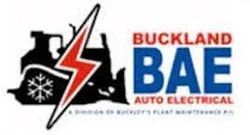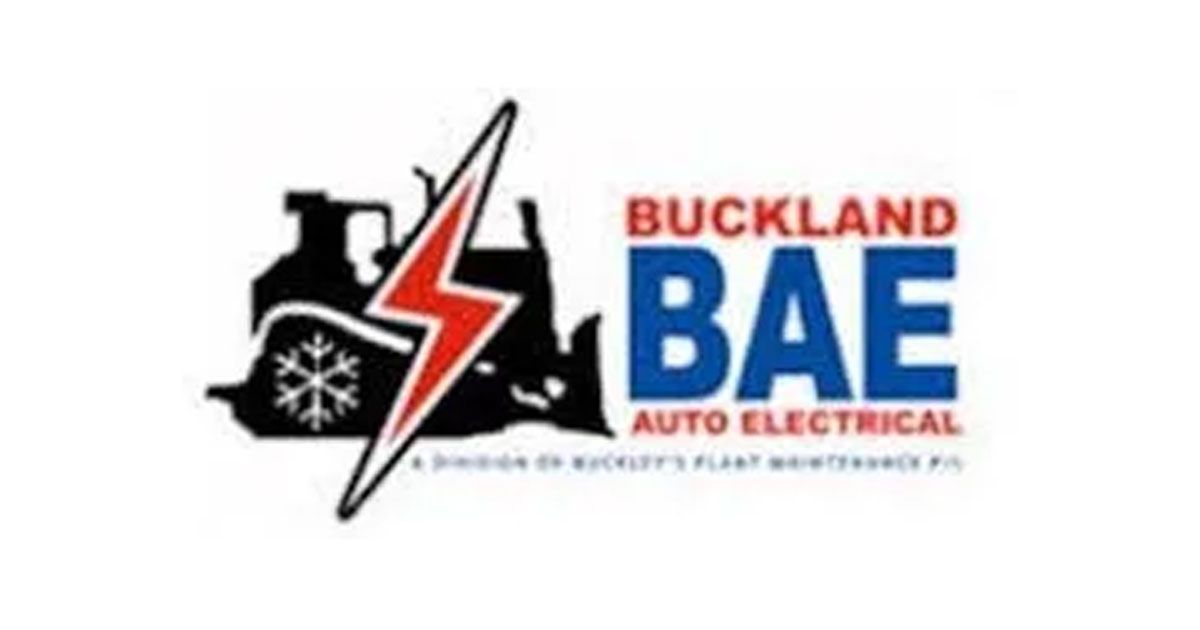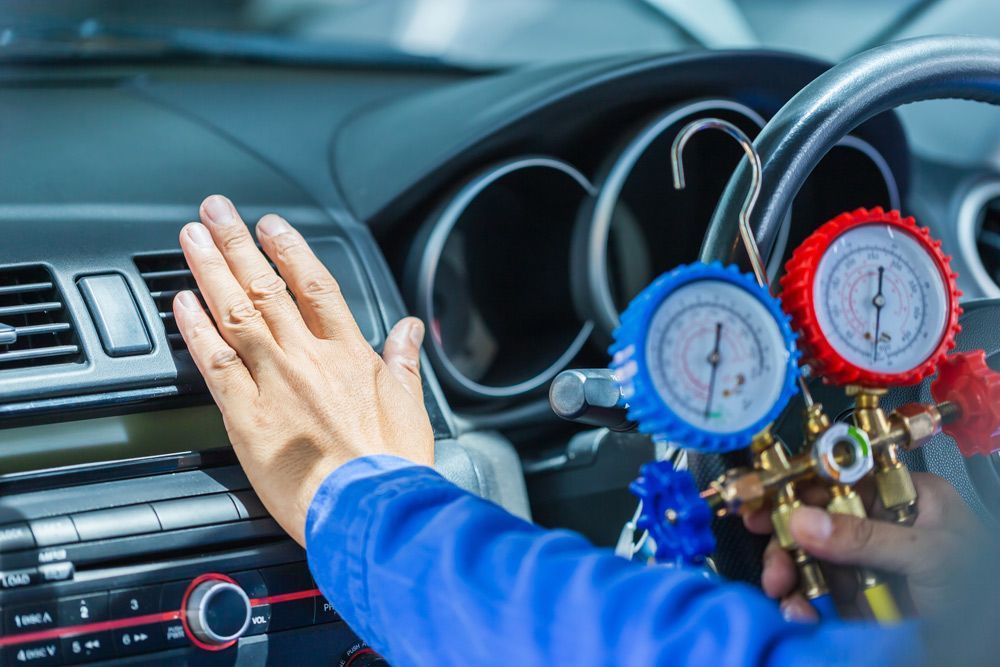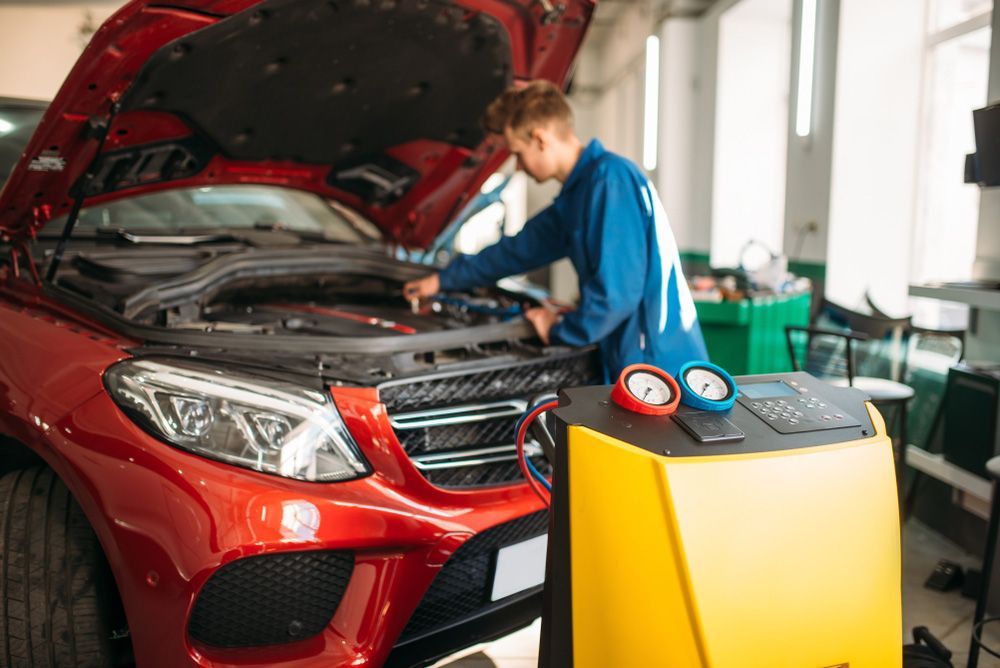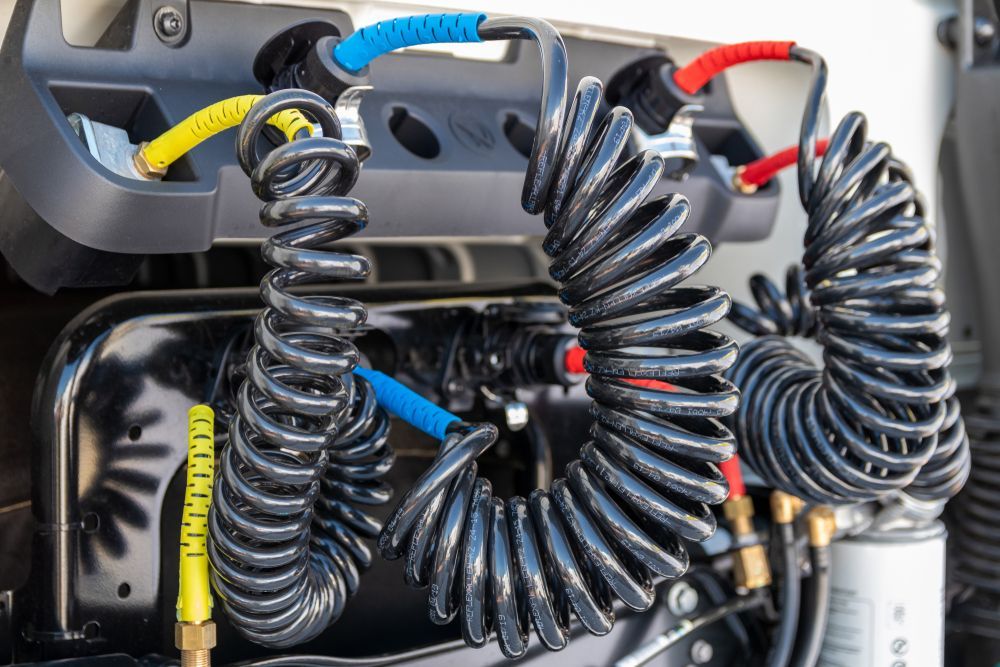How To Be Safe When Operating Earthmoving Machinery
Earthmoving machinery can be dangerous, without taking proper precautions you could even be held liable for any injuries or deaths that might occur as a result of negligence. Before using any earthmoving machinery, it's essential that you know all the relevant safety protocols. All heavy machinery has its dangers, so here are a few tips to keep yourself and those around you safe whilst using it.
1. Wear High-Visibility Clothing
There's a common misconception that high-visibility clothing is mainly for road and rail workers, but this isn't the case. It's essential that anyone operating heavy earthmoving machinery or working in the vicinity of it wears a high-vis jacket. Heavy machinery does have blindspots, so it's essential that the operator can clearly see everyone on site.
2. Only Let Trained Operators Use The Machinery
Only trained and experienced operators should be allowed to use earthmoving machinery. Operators who are not trained in using earthmoving machinery may cause unnecessary damage to equipment and property. The operator should be trained in the safety procedures for the machine, including how to operate it, when and where it can be used, and what personal protective equipment (PPE) must be worn by all personnel working around them.
3. Be Aware Of Hazards Around The Machinery When In Use
While operating earthmoving machinery, be aware of other people, especially children, and unexpected hazards like potholes, water or mud. You are responsible for your own safety as well as the safety of others in the area.
4. Check Maximum Load Limits
Look at the maximum load limits for the machine and stick to them so that you don't overload it. These are listed in the machine's operator's manual and should be easy to find, but if you can't locate them, ask your supervisor. Maximum load limits are listed in kilograms (kg), pounds (lb) and tonnes (t). When checking these numbers, it's important that you know what unit of measure is being used so that you don't overload the machine.
5. Check For Blindspots
Much like a the machine will have blind spots where the operator can't see clearly, so these areas should have barriers to keep people away from them. You should also ensure that the machine is parked in a way so that people can't get too close to blind spots. Barriers should be at least 1.2 metres high, which will ensure that no one can get too close to the machine while it's in operation.
6. Load Machinery On Level Ground
Always load and unload earthmoving machinery on level ground so that it doesn't tip over and use a ramp when moving the machinery off a truck. You can also use a forklift or crane, but only if you are trained to operate these machines safely.
For further information on earthmoving machinery, don’t hesitate to
contact us at
Buckland Auto Electrical today.
